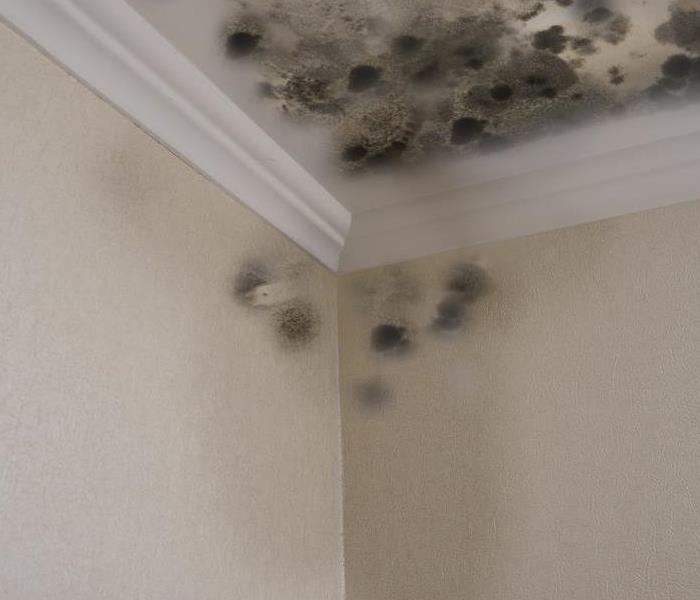Keeping Your Employees Safe During Mold Removal: Tips and Best Practices
5/17/2023 (Permalink)
Mold growth in the workplace can be a serious issue, and it's important to address it promptly and effectively. However, mold remediation can also be a hazardous process, and it's essential to take steps to keep your employees safe during the removal process. In this blog post, we will discuss some tips and best practices to help ensure the safety of your employees during mold removal.
Conduct a thorough risk assessment
Before any mold removal work begins, it's essential to conduct a thorough risk assessment of the affected area. This assessment should identify any potential hazards, such as electrical wiring or plumbing, that could pose a risk to workers during the removal process. It's also important to assess the potential exposure of workers to mold spores and other contaminants.
Provide appropriate personal protective equipment (PPE)
Personal protective equipment (PPE) is essential for keeping workers safe during mold removal. The type of PPE required will depend on the level of risk identified in the risk assessment. At a minimum, workers should wear gloves, eye protection, and respiratory protection to prevent exposure to mold spores and other contaminants.
Ensure proper ventilation
Proper ventilation is essential during mold removal to prevent the buildup of mold spores and other contaminants in the air. This can be achieved through the use of industrial-strength fans or through the use of negative air pressure, which involves creating a vacuum to draw contaminated air out of the affected area.
Train workers in proper mold removal techniques
Proper training is essential for ensuring that workers understand how to remove mold safely and effectively. This includes understanding how to use PPE properly, how to handle contaminated materials, and how to dispose of moldy materials safely. Workers should also be trained in the proper use of cleaning agents and equipment.
Follow industry best practices
There are established best practices for mold removal, and it's important to follow these guidelines to ensure the safety of workers. These guidelines include using appropriate cleaning agents, sealing off the affected area, and disposing of contaminated materials properly.
Monitor worker exposure
During the mold removal process, it's important to monitor the exposure of workers to mold spores and other contaminants. This can be achieved through the use of air monitoring equipment, which can detect the presence of mold spores in the air. Monitoring worker exposure can help identify any potential risks and allow for appropriate measures to be taken to protect workers.
In conclusion, mold remediation can be a hazardous process, but there are steps you can take to keep your employees safe during the removal process. Conducting a thorough risk assessment, providing appropriate PPE, ensuring proper ventilation, training workers in proper mold removal techniques, following industry best practices, and monitoring worker exposure can all help ensure the safety of workers during mold removal. By taking these steps, you can help ensure that your workplace is a safe and healthy environment for all employees.





 24/7 Emergency Service
24/7 Emergency Service
